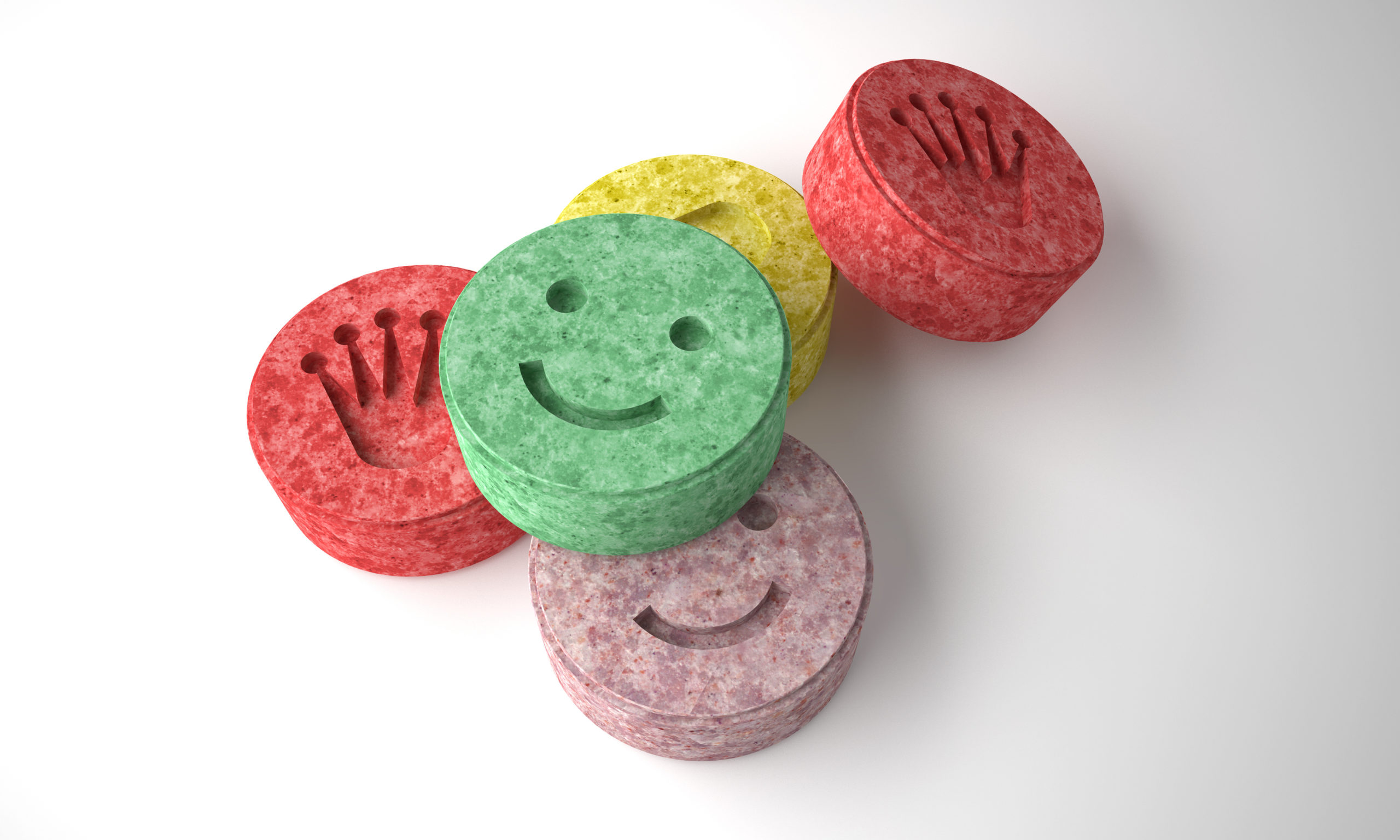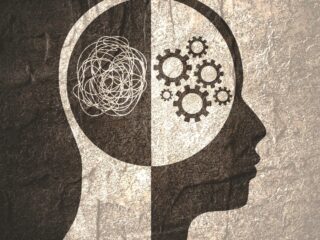MDMA (3,4-methylenedioxymethamphetamine), more commonly known as ecstasy, is a designer drug containing both stimulant and hallucinogenic properties. MDMA is also commonly referred to as “molly”, which is short for molecular. Unfortunately, this substance is popular among the club scene, despite its high potential for abuse. While research on whether this substance is addictive is inconclusive, some people who use MDMA report symptoms of addiction.
While MDMA abuse was more prevalent in the late 1990s and early 2000s, it is still a significant and dangerous drug of abuse. Oftentimes, molly or ecstasy is cut with other substances, taking away the purity of the drug. As a result, individuals using this MDMA may be unaware of what substances they are actually ingesting. In fact, the NIDA reported that it is common for ecstasy to be cut with dangerous drugs such as bath salts or methamphetamines. Due to this, taking MDMA can be extremely dangerous, especially when use is frequent or excessive. If you or a loved one are abusing ecstasy, it is important to understand the signs, symptoms, and risks associated.
The Effects of Ecstasy
Typically, ecstasy is used by people at parties, clubs, or raves. This is because ecstasy (MDMA) can make people feel happy, energetic, and disconnected from reality. Additionally, MDMA can cause hallucinogenic effects, making it very attractive for frequent rave-goers. Other effects of ecstasy include a warped perception of time as well as impaired hearing and vision.
The potential benefits of using MDMA often come with unwanted side-effects, including:
- High blood pressure
- Confusion
- Anxiety
- Depression
- Paranoia
- Loss of consciousness
- Panic attacks
- Seizures
Because ecstasy is typically taken while at clubs or parties, individuals can easily find themselves in risky situations. People using this substance in a club-setting can find themselves malnourished, dehydrated, and sleep-deprived. Using ecstasy in these situations increase the likelihood of overdosing. While overdosing on ecstasy is rarely fatal, it can cause serious health issues such as liver damage, kidney problems, and cardiovascular failure.
Signs of Ecstasy Addiction
While not everyone who takes ecstasy becomes addicted, it does have a high potential for abuse as well as psychological and physical addiction. This is because MDMA affects parts of the brain responsible for self-control, pleasure, and reward. People who use ecstasy have reported classic symptoms of addiction, including cravings, tolerance, and withdrawal symptoms.
It can be difficult to identity ecstasy abuse due to the fact that it is often cut or used in combination with other intoxicants, which can alter the symptoms. However, there are some common effects of ecstasy that will give the abuse of this particular drug away, including:
- Euphoria
- Unusual or random proclamations of love and appreciation
- Increased capacity for empathy
- Increased sensitivity of the senses, specifically sight and touch
- Teeth clenching
- Increased thirst
- Impulsiveness
- Reduced depression and anxiety
While only using the drug once does not indicate the development of an addiction, a recent study found that 43% of surveyed ecstasy users met the criteria for dependence. Criteria for psychological dependence include frequent cravings, preoccupation with the substance, and unease when it’s unavailable.
Common Signs of Addiction
If you are concerned that your loved one is addicted to ecstasy, look for the following signs of addiction:
- Changes in social circles
- Sudden inability to complete daily responsibilities
- Avoiding social or family events where the use of substances is not an option
- Lying or secretive behavior
- Financial or legal consequences as a result of substance abuse
- Inability to quit using the substance despite facing consequences
- Hiding the substance around the home
Physical addiction to any substance involves the emergence of withdrawal symptoms when the individual stops taking the substance. However, ecstasy typically only produces psychological symptoms of withdrawal. While this may not affect a person’s physical health, individuals detoxing off of ecstasy can experience hallucinations and psychosis. This can cause the person to display erratic, aggressive, or dangerous behaviors. Due to this, medical addiction treatment is recommended for those attempting to beat ecstasy addiction.
Detox and Withdrawal from Ecstasy
While there is no easy stage of recovery from addiction, the detoxing phase can be exceptionally difficult due to the prevalence of withdrawal symptoms. Unfortunately, many individuals relapse due to being unable to withstand unpleasant withdrawal symptoms. Due to this, attending a professional detox center is extremely vital in achieving long term sobriety.
Ecstasy withdrawal symptoms include:
- Anxiety and depression
- Confusion
- Depersonalization
- Fatigue or insomnia
- Irritability and mood swings
- Loss of appetite
- Difficulty concentrating
- Panic attacks
- Paranoia
- Memory issues
- Muscle stiffness
- Hallucinations and delusions
- Psychosis
Withdrawal symptoms of ecstasy typically begin within 12 hours of the last dose, while the most intense symptoms usually subside within a few days. Although depending on how long and severe ecstasy abuse has been, it can take weeks or even months for the serotonin, dopamine, and norepinephrine receptors to return to normal functioning. While some people may continue to experience long-term effects after ceasing their use of ecstasy, many people make a full recovery through the assistance of a drug addiction treatment center. If you or a loved one are currently battling an addiction to ecstasy, we can help you. Do not attempt to fight this alone- call us today.







